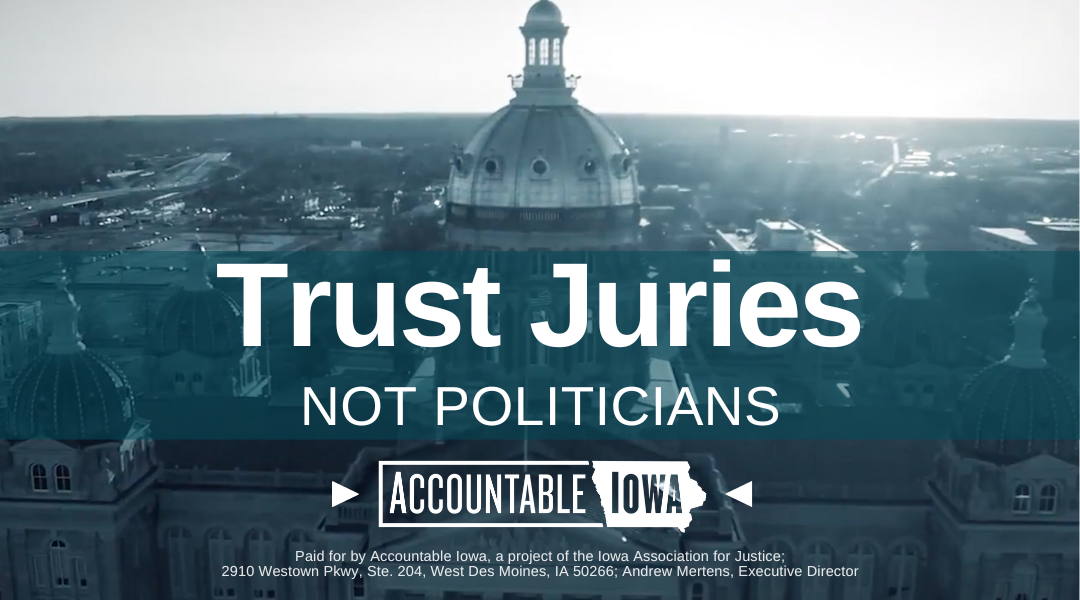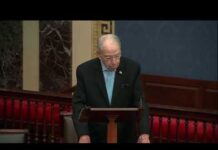Last week, Governor Reynolds laid out her comprehensive tax relief plan for the 2022 legislative session. This week more details and fiscal information are available as House Study Bill 551. The following is a division by division explanation as well as the fiscal impacts of each division.
Division I—Sale of Certain Qualified Stock—Net Capital Gain Exclusion
This division provides an employee-owner one lifetime election to exclude from income tax their net capital gains from the sale or exchange of capital stock (ESOPs). This exclusion is phased in over three years starting tax year 2023. Fiscal impact is: -$4.1 million in FY24, -$8.2 million in FY25.
Division II—Retired Farmer Lease Income Exclusion
This division provides that a retired farmer’s income from rental of their property is exempt from tax. The farmer must be 55/farmed for at least 10 years. If the farmer choses this exemption, they are not eligible for the capital gains exclusion provided by Division III. This change begins tax year 2023. Fiscal impact is: -$3.0 million in FY24, -$3.0 million FY25.
Division III—Retired Farmer Capital Gain Exclusion
This division provides a single lifetime exclusion of capital gain on the sale of a retired farmer’s land or livestock. This change begins in tax year 2023. Fiscal impact is: -$8.0 million in FY24, -$8.0 million FY25.
Division IV—Individual Income Tax Rates—Tax Years 2023-2025
This division strikes the tax brackets and rates that would go into effect in tax year 2023 and reduces them further in tax years 2023, 2024, and 2025. Fiscal impact is: -$37.3 million in FY23, -$135.8 million in FY24, -$341.7 million in FY 25.
Division V—Individual Income Tax—Flat Rate
This division picks up where Division IV left off. It provides for a flat tax of 4.0 percent on all taxable income. This begins in tax year 2026. Fiscal impact is: -$852.0 million in FY26, -$1.289 billion in FY27.
Division VI—Corporate Income Tax Rates—Adjustments
This division provides for the corporate tax rates to be reduced based on a revenue trigger. It provides that in a year where corporate tax revenue exceeds $700 million, the excess is used to reduce the corporate rates the following year. This change begins in tax year 2023. Fiscal impact is: -$6.5 million in FY23, -$38.2 million in FY24, -$80.0 million in FY25.
Division VII—Corporate Income Tax—Flat Rate
This division provides that when the corporate rates are reduced (by Division VI) to a point where all rates equal 5.5 percent, the corporate tax rate is codified at a flat 5.5 percent.
Division VIII—Retirement Income
Currently, Iowa Code provides for an income tax exclusion for the first $6,000 of retirement income. This division provides that all retirement income would be excluded from tax. The change begins in tax year 2023. Fiscal impact is: -$201.3 million in FY23, -$405.3 million in FY24.
The total fiscal impact of the proposal is -$245.13 million in FY23, -$594.29 million in FY24, and -$833.61 million in FY25. Years beyond that do go above one billion. A subcommittee has been assigned to the bill. State revenue available for increased government spending and for tax relief is $1.2 billion. In addition to that the Taxpayer Relief Fund has a current balance of $1.1 billion.
















